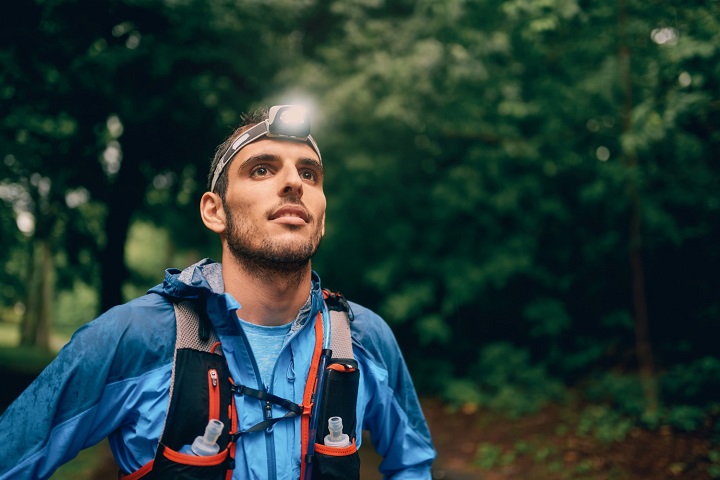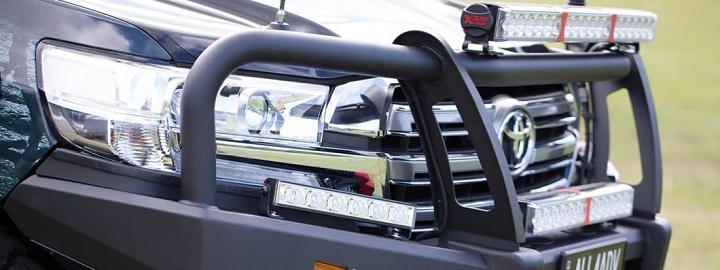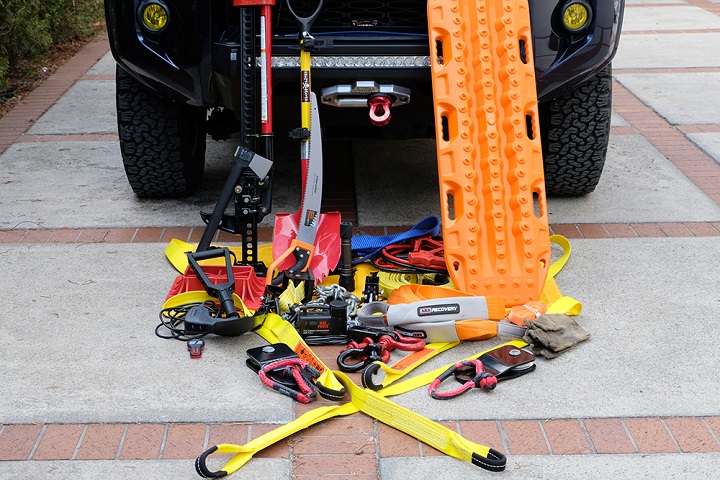We all know Australians are proud of their outdoors and enjoy spending time in the wilderness. For many of us, it’s an escape from the hectic city life and a great way to reconnect with our roots. It’s safe to say that almost every Aussie has an adventurous spirit and our outdoors is a great place for exercising it, taking into account the diverse world of animals and plants. There are two main activities that can help you make the most of the aforementioned: camping and 4WDing, both of which require owning the right kind of gear.

Camping
Tent
Obviously, when you’re going to spend a night or a week in the outback a shelter is the first thing you need. When looking through the various options in an outdoor store consider the number of people that will spend the night in it. Tent manufacturers refer to this as berth, person or man, for instance – 3 person, 3 men, 3 berth. If you are going backpack camping, then consider a lightweight option but if you are going car camping this won’t be a concern. If you plan on camping throughout the year, you should go for a three-season shelter. Three-season tents have a rain fly, mesh panels and a tent body which prevents the inside from getting damp and provide ventilation too.
Sleeping Bag
When it comes to sleeping bags, you need to look for shape, temperature rating and insulation. The shape will be either rectangular or mummy. The former are less expensive and are best when the temperature stays above 10°C. For colder seasons, you should get a mummy shaped bag as it eliminates air pockets – it hugs around your body and they are also lighter and less bulky.
If you don’t take the cold well you should get a bag that is rated 5°C to 7°C lower than the lowest temperature you are going to spend the night at. For the insulation you can either get a sleeping bag with down or synthetic insulation.
Synthetic insulation is heavier and bulkier than down but they are light enough for backpacking and also a cheaper option. Down insulation has a fill power number signifying the weight and warmth of the bag and the higher that number is, the warmer and lighter the bag.

Mattress
If you plan to go backpacking, you should get a light, high quality mattress which in this case comes in the form of pads that range between 2 cm and 8 cm in thickness. If you find it uncomfortable sleeping on the floor then go with an outdoor store mattress that’s at least 5cm thick. For car campers you can go as plush and as thick as you want.
Cooking
Again, the same goes with cooking outdoor supplies, for car campers it’s best that you go with something like a dual burner propane stove. For backpackers it’s best to choose between a lightweight liquid stove, canister stove or an integrated canister system.

Torch
Headlamps and flashlights are the two main devices when it comes to camping illumination. A headlamp between 20 lm and 150 lm is great for basic household and outdoor activities. For the best illumination in the dark outdoors go with a flashlight that can output between 600 lm to 1000 lm.
Water Bottle
Both steel and plastic water bottles are outdoor supplies that are great for car campers, but when it comes to backpacking, you’ll want to go with the latter as to reduce weight. If you are biking, walking or backpacking to your camping spot, it’s a good idea to bring a hydration reservoir. This is a water bag with a tube that allows you to drink with the reservoir on your back.

4WDing
Bullbar
Maybe in the city you won’t need a bullbar but when you bring your 4×4 to the outback it is a must. This is a metal bar or collection of bars that goes on the front of the vehicle to prevent animals, bushes, trees and rocks from damaging it.
Diff Breather & Snorkel
Diff breathers allow for the pressure from the differential to escape more easily without water entering. This is important when going through deep water and it is the same reason why you need a snorkel. A snorkel also allows you to provide clean air to the engine and it mounts on the air intake on the side of the vehicle.
Hi-Lift Jack
Hi-Lift (Kangaroo) or what are also known as wallaby jacks are tools that can get your vehicle out of a hole or mud. Of course, for a complete recovery you need more tools but a high lift jack is one vital component that deserves a spot of its own.

Recovery Gear
A shovel is needed when you need to make a recovery when there is a lot of mud and sand. With it you are able to modify the track which will help the wheels turn more easily. Snatch straps are elastic bands which when stretched out release the kinetic energy stored into them and thus “snatch” the bogged down vehicle. Rated bow shackles are used to attach the strap or winch to the recovery points.
This gear should always be rated so you can be sure that the item has been tested and can withstand a certain amount of weight. Recovery points are where the bow shackles are attached to on the vehicle. Some vehicles come pre-equipped with them and others don’t but you can purchase recovery points if the latter is the case with your vehicle.
Tyres & Air Compressor
Having tyres with the correct pressure level can make it easier to drive across a certain terrain. Different pressure levels suit different terrains which is why you should not only bring spare tyres but also an air compressor in order to quickly increase the pressure.